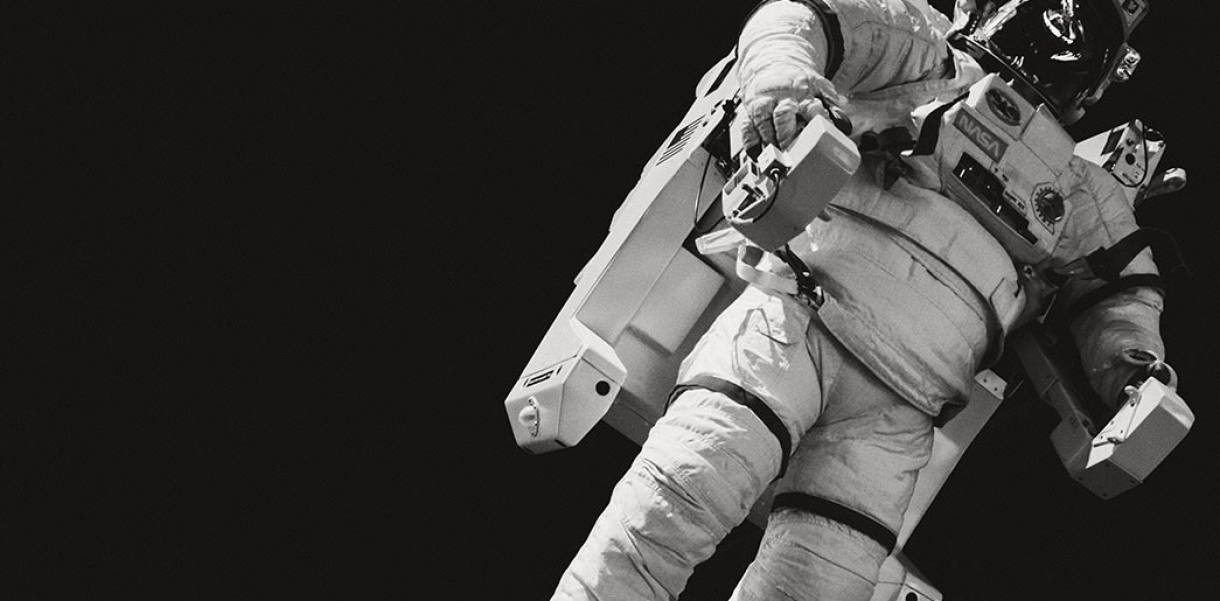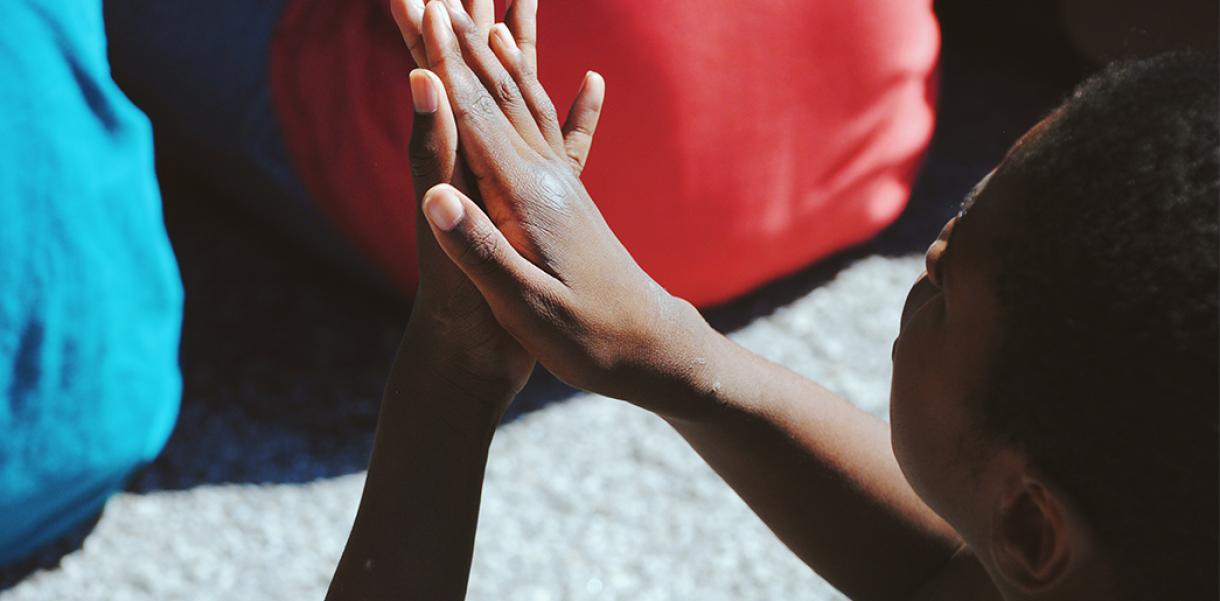We tend to consider old age something far away from us that'll happen in a remote future. Surely, it's not appealing to think about our bodies and mind ageing, turning weak and sick – although the alternative doesn’t sound much better (see design & death).
In the past year, we've seen a trend of solutions addressing our ageing population. This is likely inspired by the knowledge that it's going to rapidly increase over the next few years. The World Health Organization estimates that between 2015 and 2050, the proportion of the world's population over 60 will nearly double from 12% to 22% and is expected to total at around two billion!
That’s a lot of old people who are living longer, healthier and richer – and this longevity will require new thinking.
In Japan, one of the oldest countries in the world where more than a quarter of the population are over 65, there are more adult diapers sold than baby diapers. But it's not all bad. A longer life can bring more opportunities, not just for elderly people and their families, but also for society as a whole.
The current and future 65+ generation has a higher lifestyle standard and, for many, more favourable resources at hand. Such as a lot of free time and a lot of capital. This means they'll require not just functional but also beautiful, high-tech and user-friendly products and services.
"We should shift the narrative from ageing as an unsexy problem to an opportunity for more inclusive normality: the eternal youth."
From a design perspective, this means not seeing the elderly as high-maintenance users with specific needs. Instead, we should shift the narrative from ageing as an unsexy problem to an opportunity for more inclusive normality: the eternal youth.
As per Antonio Scarponi's Domus article:
“In a reversed world like ours, where old people outnumber children, the design paradigm is shifting from macro to micro, city to spoon, welfare state to DIY. Design is carving a new role for itself, to face a socially scaled economy where marketing comes before politics. The necessities of a society — faced with a steadily growing proportion of old people and the increasing difficulty of caring for them — have prompted a transformation from the welfare state to a market opportunity. The system that defines the whole built environment is being redesigned to a minimum, new cognitive and psychomotory standard to habilitate and render self-sufficient as many people as possible.”
Despite our awareness of the increasing number and the large market value of the silver economy — approximately seven trillion USD per year — the current state of the world is still designed against the elderly. Just take a look at the font size on labels or medicine instructions, for example.
When objects are precisely designed for seniors, the function is far more obvious than the form. The disability of the person is spelt out in a way that can be discriminatory and undignified for the end-user. The medical walker is another classic example.
With the words of Don Norman, the 83-year-old author of the industry bible Design of Everyday Things and a former Apple VP: “When companies do design things specifically for the elderly, they tend to be ugly devices that shout out to the world 'I’m old and can’t function!' We can do better. With so many of us needing better devices, why are so many things still designed in ways that defeat our ability to function? To save a few cents in manufacturing and in a misplaced desire to be trendy. Then there’s the aesthetic problem. When products are developed for the elderly, they tend to be ugly and an unwanted signal of fragility".
But there's hope! Let’s wrap-up with a few positive examples of promising designs for the elderly (and your future self) rethinking mobility and transportation; caregiving and wellbeing; housing and livable communities in a more functional, stylish and accessible way.
-
Image: Angela Litvin




